Background
Cesar Australia’s operations were originally dispersed across multiple locations when they engaged Amicus to support the relocation of their business. This was an opportunity for Cesar Australia to bring their operations and staff to one central location to increase productivity, team cohesiveness and to co-locate services with sister company, EnviroDNA.
Located in a residential area, the building was originally unsuitable for a laboratory fitout, which created many design challenges to ensure it was fit for purpose and compliant to PC2 standards as well as Australian standards and building code requirements. Amicus Labline worked closely with our preferred laboratory specialist Architects and Engineering Services consultants, to ensure all services were upgraded to their maximum supply, granted by the respective authorities (water, electricity and gas). In the case where electrical demand exceeded the supplied demand, a gas alternative was designed to facilitate and power the base build air conditioning system.






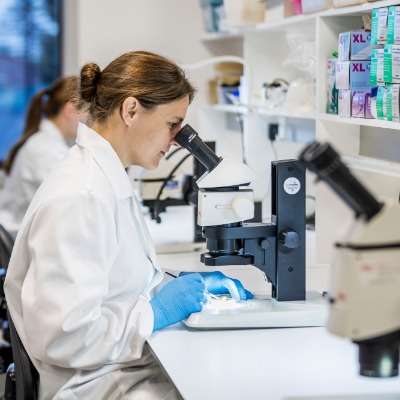
.jpeg)
.jpeg)


















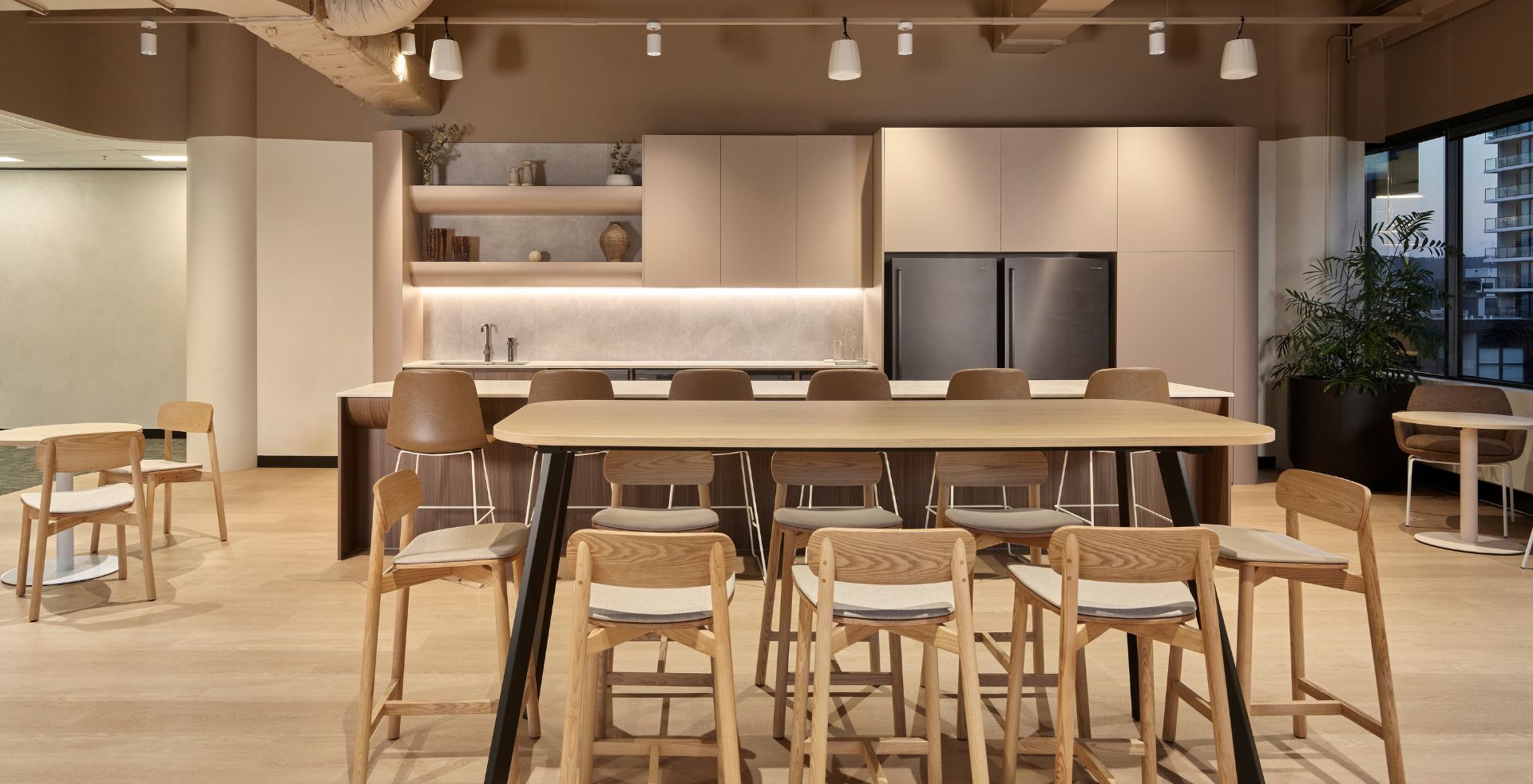











-1.jpg)

.jpg)

.jpg)



/Case%20Studies/Milwaukee%20Tool/Milwaukee-Tools-5-web.jpg)









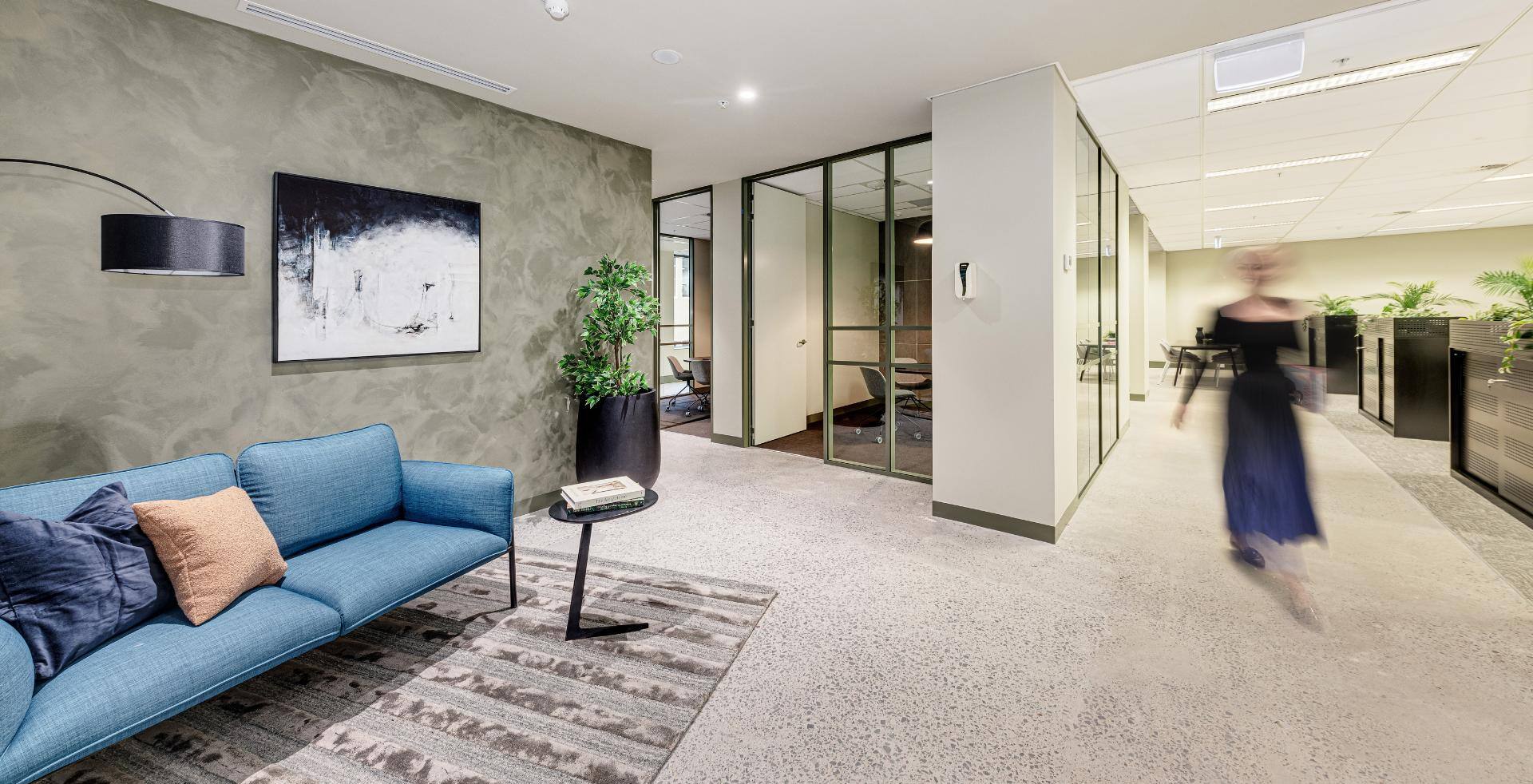

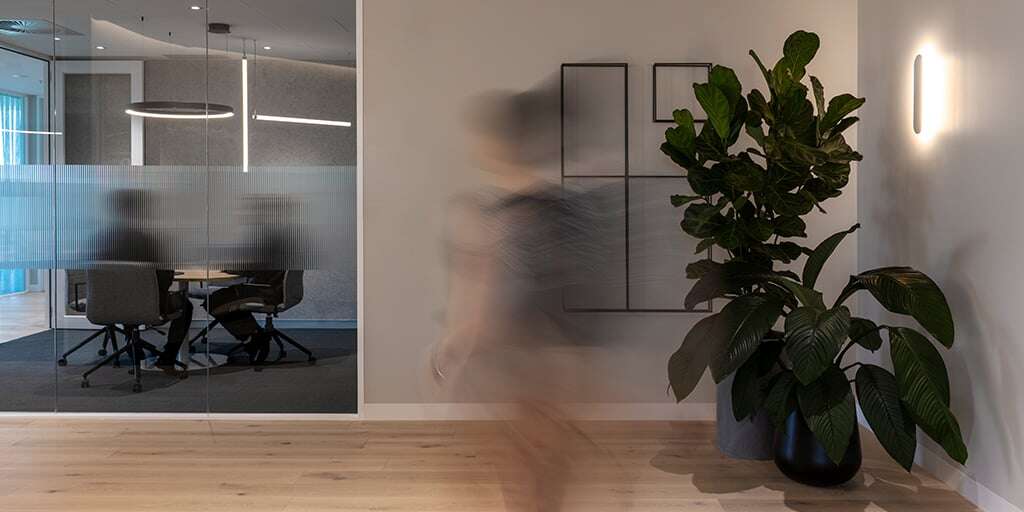





























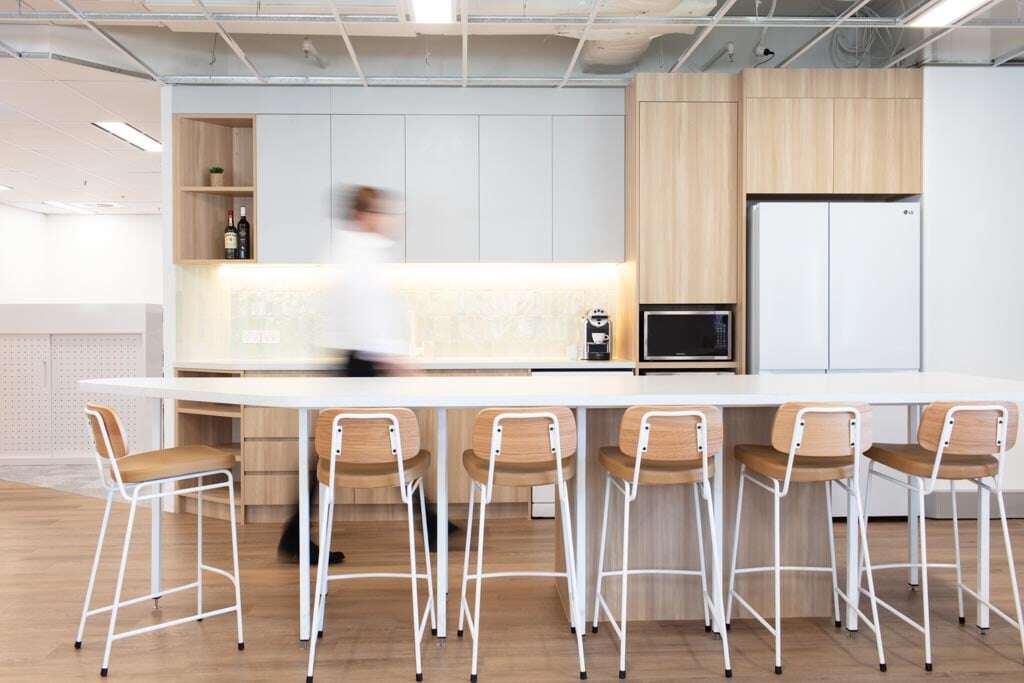



-1.jpg)


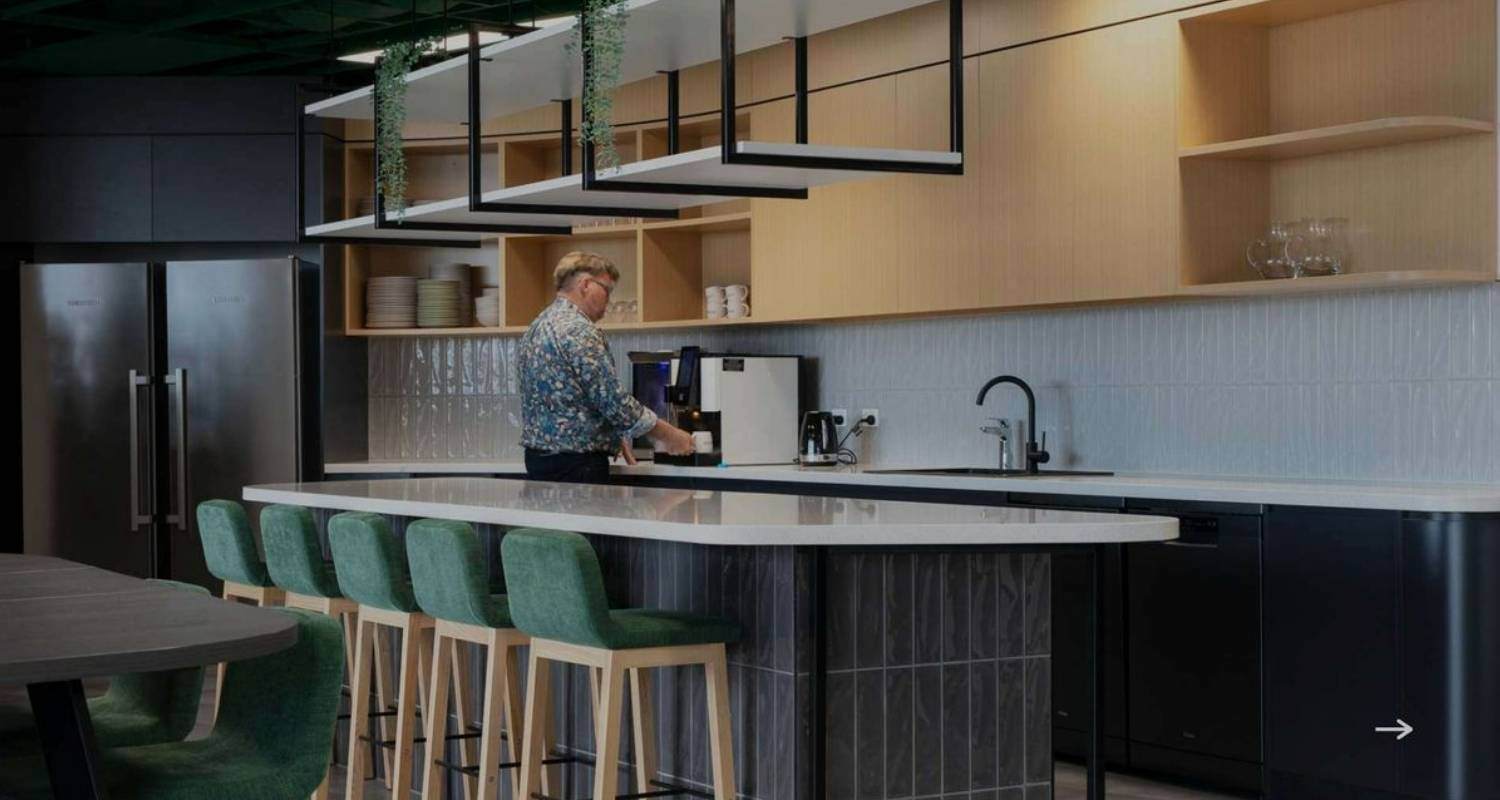










/Hubspot-3.jpg)



/Sectors/Office/contact-amicus.jpg)